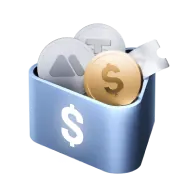What are Real World Assets (RWAs)?
1. Why are RWAs necessary?
2. How to tokenize real-world assets
- Select Assets: Identify which real-world assets to tokenize.
- Define token specifications: Determine the token type, token standard, key attributes, etc.
- Choose a blockchain: Decide on which public chain to tokenize the assets.
- Integrate off-chain resources: Use input oracles to obtain reliable off-chain data to verify the underlying assets of the RWA tokens.
- Issue tokens: Deploy smart contracts and mint the tokens.
3. Advantages of RWAs
4. Disadvantages of RWA
5. Applications of RWAs
5.1 Bonds (MKR, COMP, AAVE)
5.2 Lending Types (TRU)
5.3 Synthetic Assets (SNX)
5.4 Real Estate (PRO)
6. How to Buy RWA Series Tokens
Popular Articles
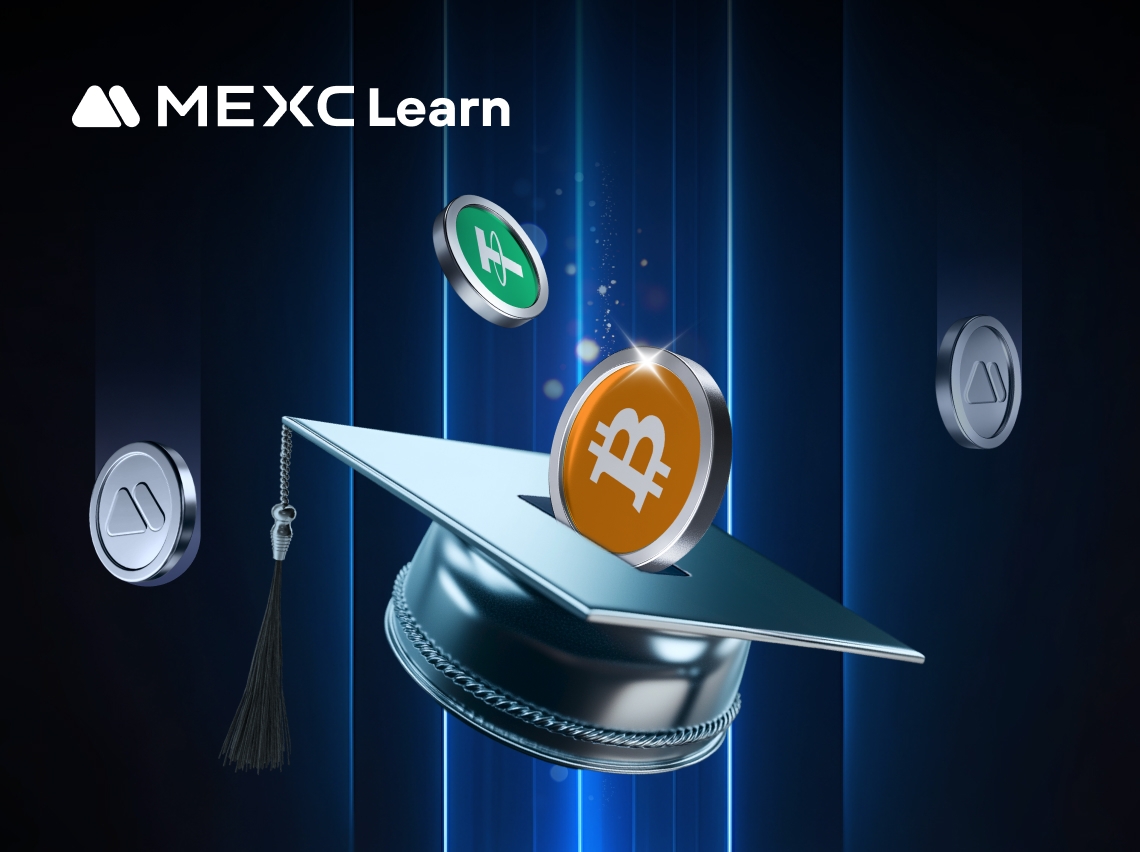
China Bitcoin Ban Explained: Cases, Regulations, and What's Legal
China's relationship with Bitcoin has sparked global attention, especially after recent controversies involving billions of dollars in seized cryptocurrency.This article explains China's Bitcoin ban,
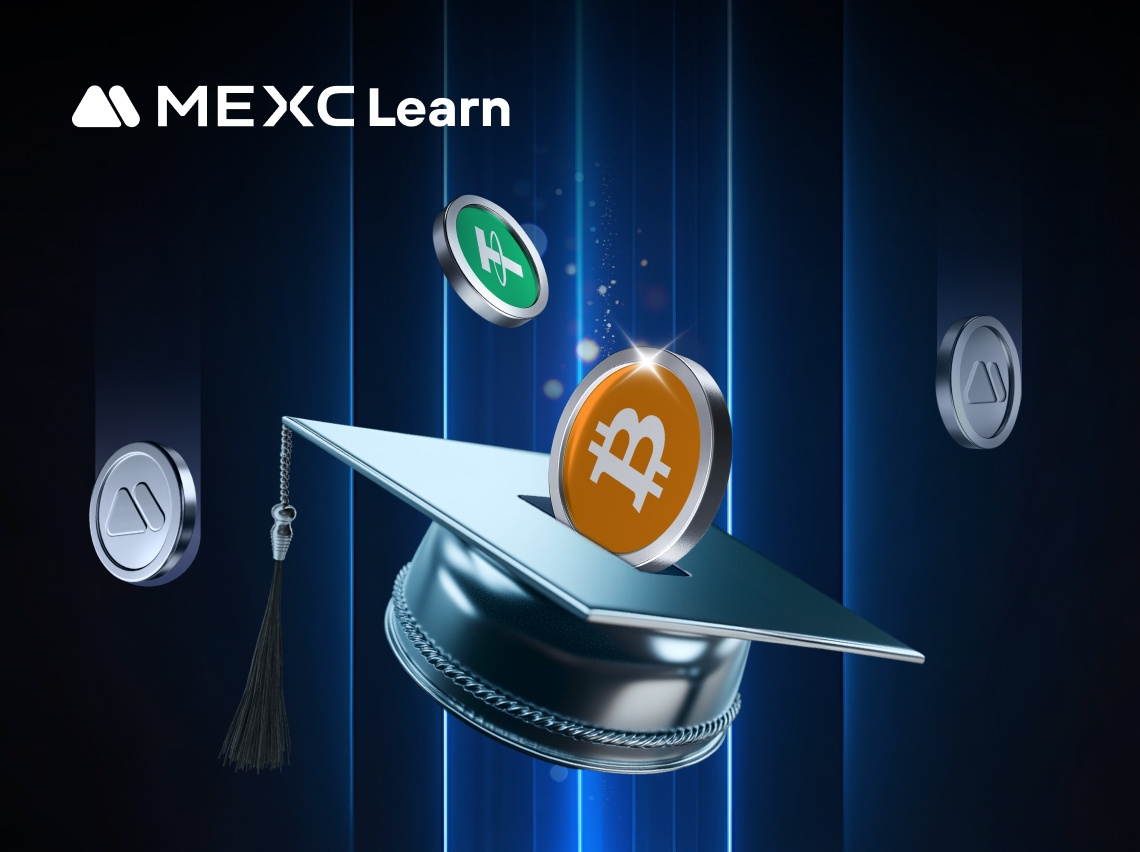
How to Short Bitcoin? How to Profit from BTC Price Drops?
Bitcoin's price swings create opportunities for traders even when the market falls.Shorting Bitcoin lets you profit from these downward movements by selling high and buying back low.This guide explain
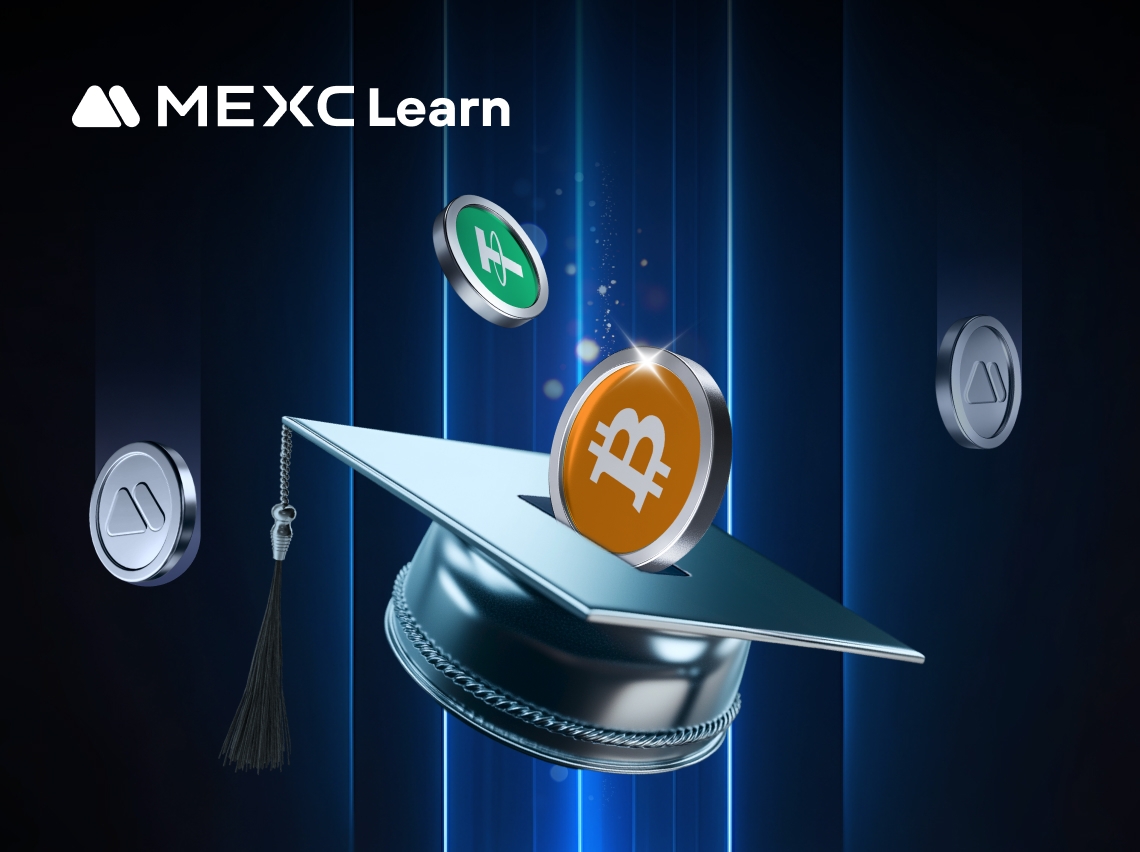
How to Read a BTC Liquidation Map and Trade Smarter?
Trading Bitcoin with leverage can be profitable, but it comes with serious risks. One wrong move and your position gets liquidated, wiping out your investment in seconds. A BTC liquidation map shows y
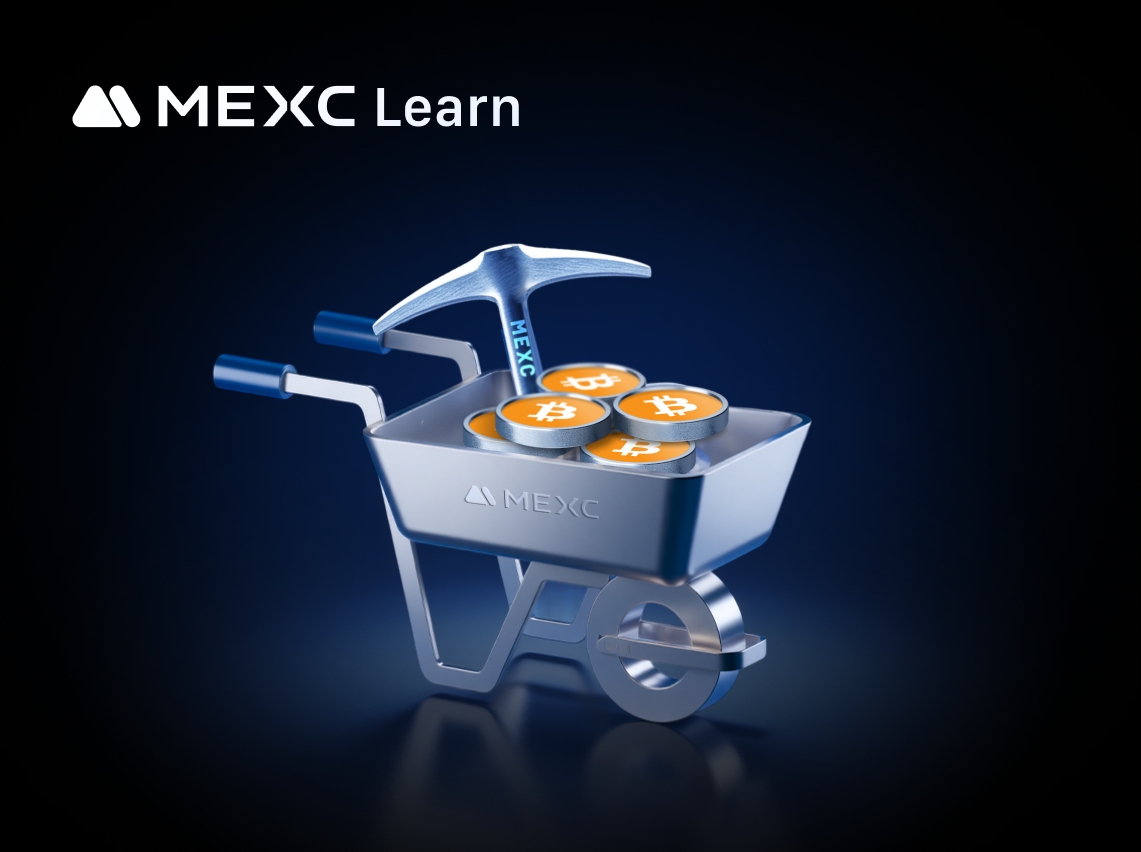
What is Bitcoin Mining? How to Mine Bitcoin for Beginners
Imagine digging for gold in the digital world, where your computer becomes a powerful mining machine working around the clock to uncover valuable treasure. Bitcoin mining transforms your hardware into
Hot Crypto Updates
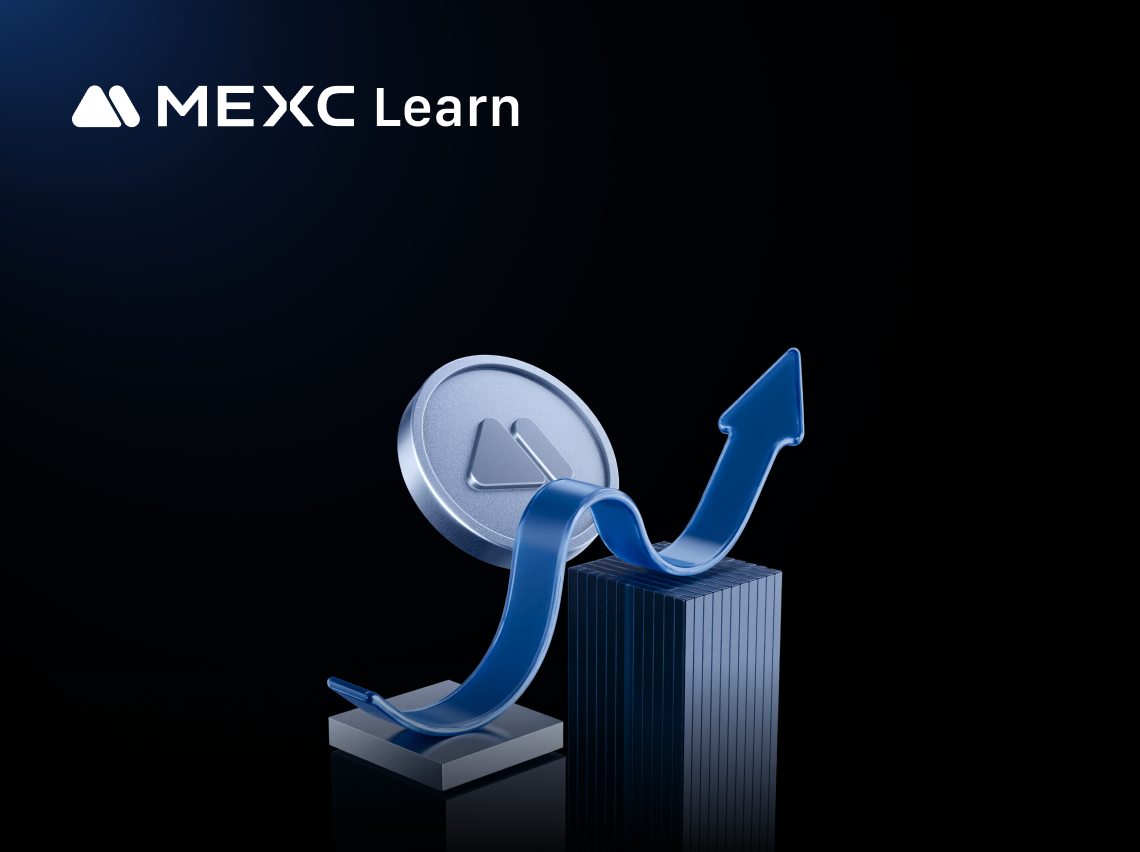
Bitcoin 2026 Investment Outlook: Navigating Opportunities in the Digital Gold Era
Key Takeaways BTC surged past $100,000 in 2024, with analysts projecting targets of $150,000-$200,000 for 2026Spot ETF approvals and institutional adoption have transformed Bitcoin into a mainstream a
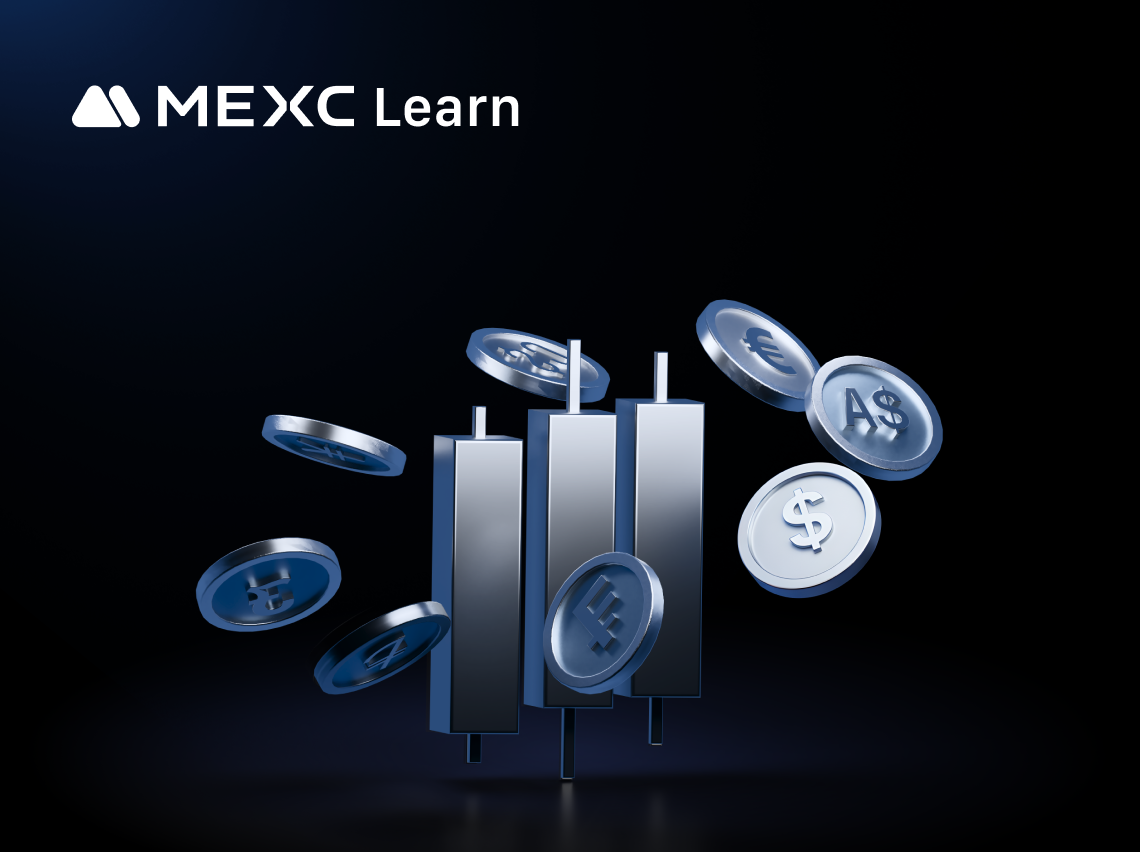
Pi Network (PI) vs Bitcoin: 2026 Utility Currency vs Digital Gold (Investor View)
Key Takeaways Pi Network (PI) vs Bitcoin: PI mobile utility vs BTC store-of-value2025 PI 10B supply circulation-focused, BTC 21M scarcityPI 60M community vs BTC institutional, PI payment-orientedMEXC
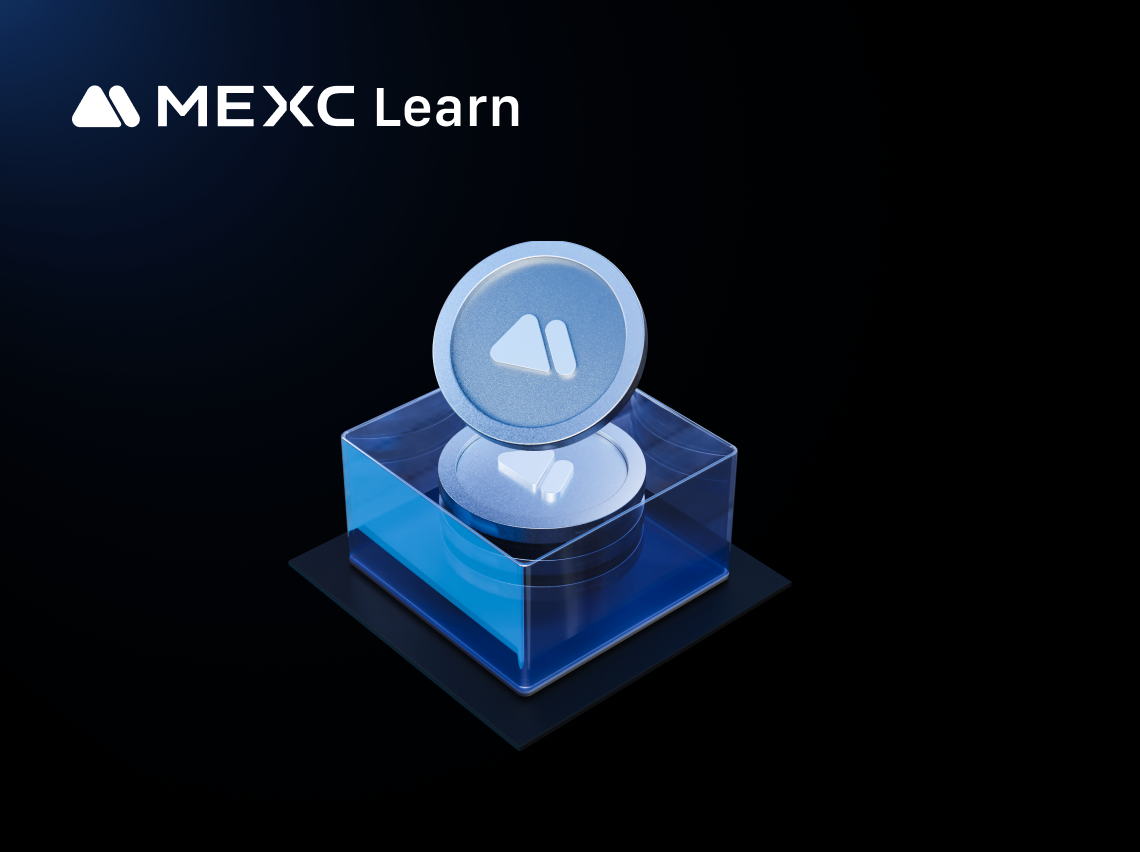
Pi Network (PI) Ecosystem Deep Dive: 2026 Applications & Partnerships (Trader's Guide)
Key Takeaways The Pi Network (PI) ecosystem is projected to explode in 2025, driven by a tenfold increase in nodes and the launch of over 80 dApps.Partnerships, such as CiDi Games, are powering Web3 g
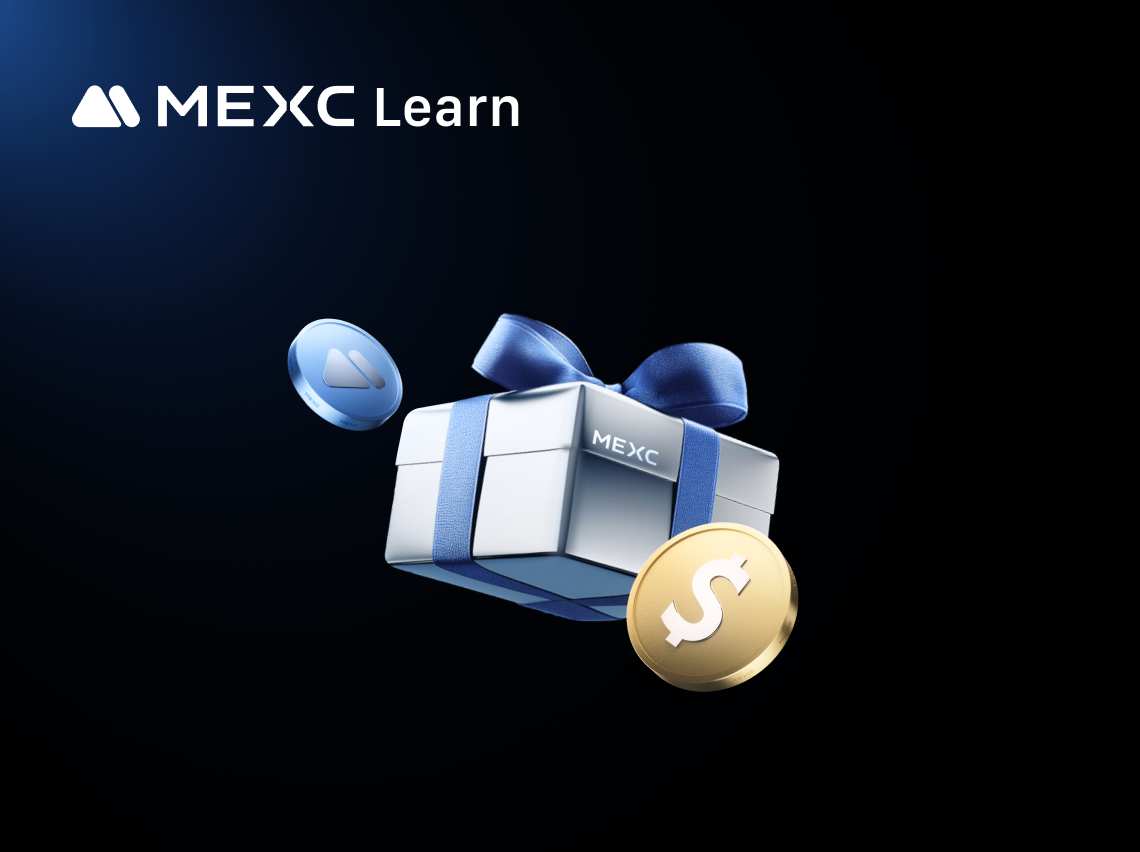
Ethereum (ETH) Short-Term Price Prediction
Introduction to ETH Short-Term Price PredictionsIn the fast-paced world of cryptocurrency, short-term predictions can help traders identify opportunities in daily, weekly, and monthly timeframes. Shor
Trending News
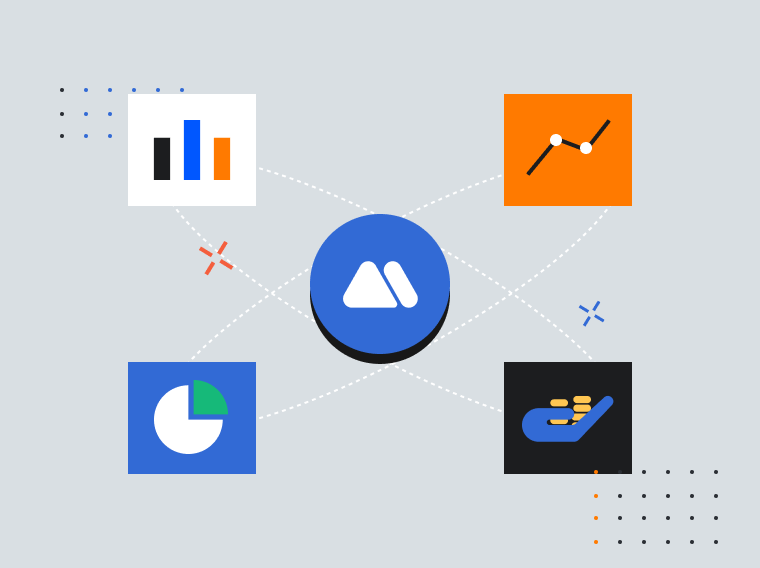
TrueNorth Raises $3M to Build Domain-Specific AI for Finance
[PRESS RELEASE – San Francisco, California, USA, December 4th, 2025] 54% of investors now use ChatGPT for trading and investment decisions. Only 11% trust the results. That gap, between AI’s promise a

Top Crypto Analysis: BTC, ETH, and SOL Move in Institutional Sync as Liquidity Returns
The post Top Crypto Analysis: BTC, ETH, and SOL Move in Institutional Sync as Liquidity Returns appeared first on Coinpedia Fintech News Top Crypto Analysis for December 2025 reveals a rare and powerf

Stunning Perp DEX Trading Volume Smashes $1 Trillion Again
BitcoinWorld Stunning Perp DEX Trading Volume Smashes $1 Trillion Again The decentralized finance (DeFi) landscape has just witnessed a staggering milestone. For the second consecutive month, Perp DEX

BetFury is at SBC Summit Lisbon 2025: Affiliate Growth in Focus
The post BetFury is at SBC Summit Lisbon 2025: Affiliate Growth in Focus appeared on BitcoinEthereumNews.com. Press Releases are sponsored content and not a part of Finbold’s editorial content. For a
Related Articles
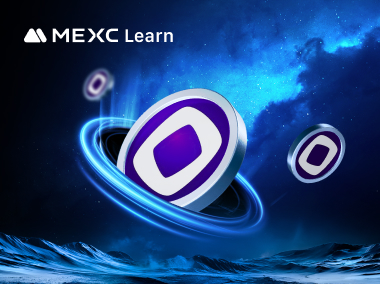
Emerging Layer-1 Generates Anticipation: Can Monad Disrupt the Market?
Monad is a high-performance Layer-1 blockchain project designed to overcome the transaction throughput and scalability limitations of traditional blockchains like Ethereum, while maintaining full comp

What is Pieverse? The Timestamping and Compliance Infrastructure Built on x402
TL;DRPieverse is a Web3 payment and compliance infrastructure built on the x402 communication standard, designed to support agent-to-agent payments with built-in timestamping and regulatory verificati
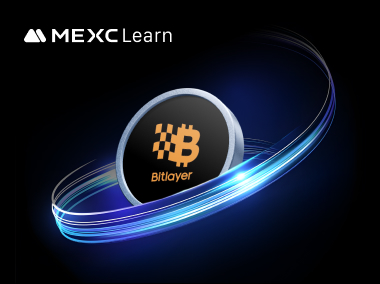
What Is Bitlayer (BTR)? A Guide to the Next-Generation Bitcoin Layer-2 Solution
As Bitcoin has established itself as the most secure and decentralized blockchain network, its limitations in scalability and programmability have become increasingly apparent. While the Bitcoin mainn

What is a Decentralized Exchange?
Based on data from holder.io, the total market capitalization recently reached trillions of dollars. Well-known exchanges such as MEXC, Binance, Coinbase, and others fall under the category of central
